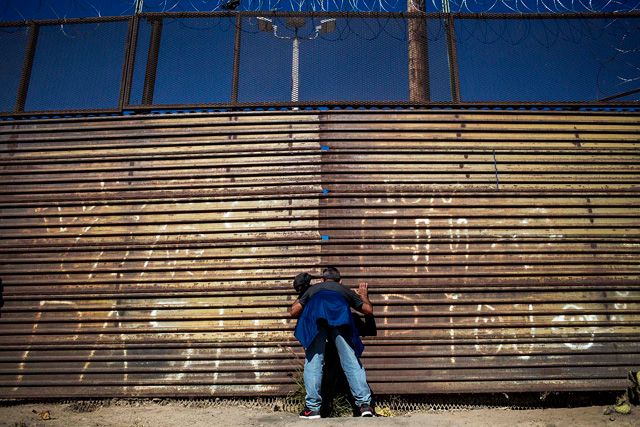From December 21 to April 8, immigration officials have released 24,000 parents and their children in Arizona, mostly from Central America. Along the border, the figures reach almost 133,500. "It is a huge wave that is weighing heavily on our immigration system and we can not allow that to happen," Trump said during his visit to Calexico, California, on April 5. "The system is full," he added. "We cannot accept you anymore. Be asylum, or whatever you want, be illegal immigration. We cannot accept you anymore. We cannot ... So turn around." But to address what Trump calls a national emergency, experts from both sides of the border say it is necessary to understand the reasons why migrants are coming and who is arriving. "It's not just the conditions in Central America that are pushing people to leave," explained Elizabeth Oglesby, associate professor of Latin American Studies at the University of Arizona. "It is also the application of migration policies that cause migration to be reproduced in particular ways."
More probationers
Every day, Immigration and Customs Enforcement officials release an average of 300 parents and their children in Arizona, calculates Henry Lucero, director of the ICE office, for its acronym in English; and 90% are from Guatemala. This is not counting the families that recently began to directly release the Border Patrol in Yuma. A year ago, an average of 100 people were released a day, said Lucero. "Most say they have been advised that if they come with a minor ... they will only be detained for a few days by the Border Patrol and ICE, and that they will be released to continue to their final destination." They usually have friends or relatives who have confirmed them, he added. During the last six months, Lucero has also begun to notice a new trend of parents traveling with many children, not just one as before.

